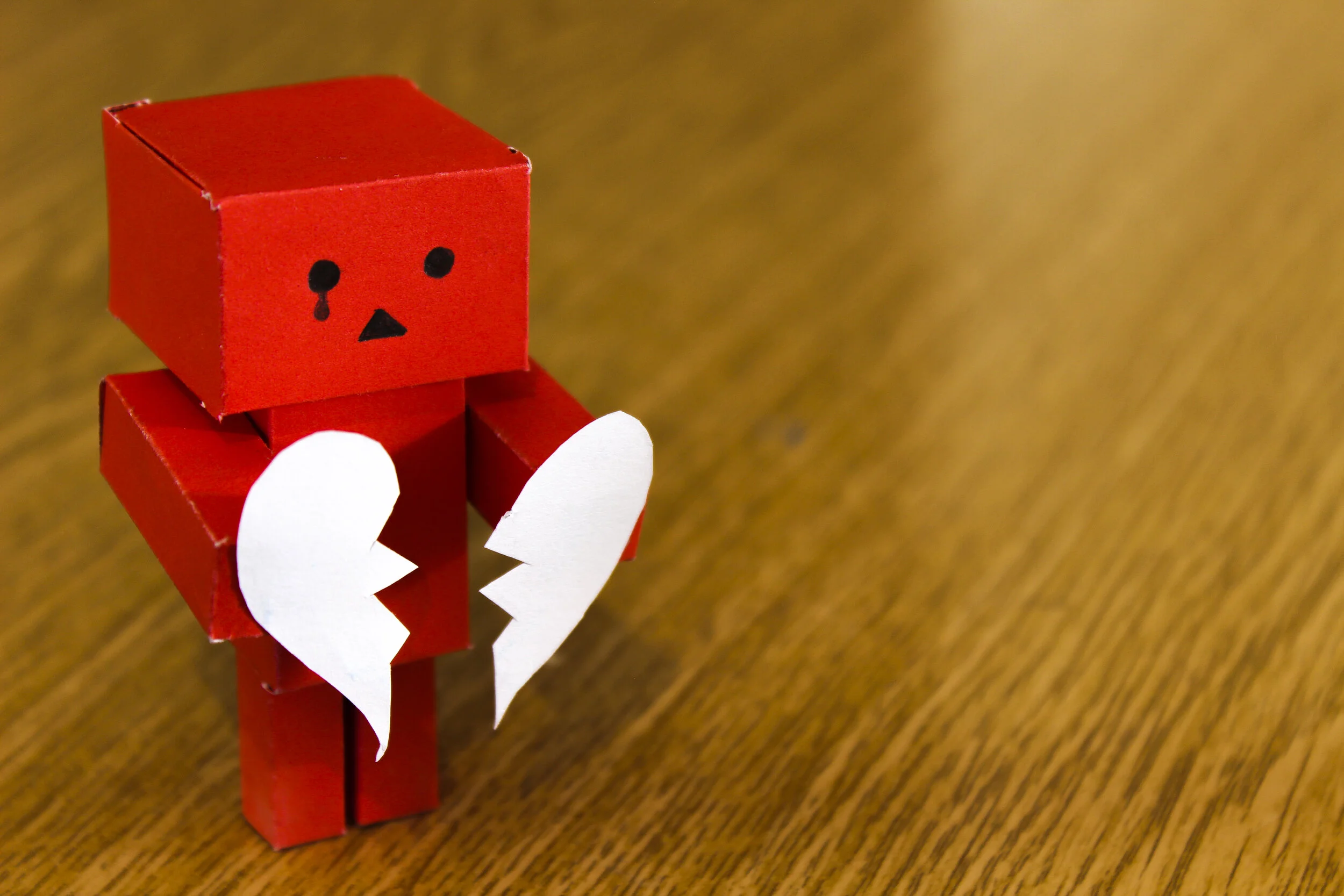Collection Samples for Semen Detection
Semen Detection
A semen detection test is a critical tool in infidelity DNA testing, providing scientific evidence when suspicions arise. However, ensuring the accuracy of results depends on proper sample collection and handling. Contaminated samples can lead to inconclusive or unreliable findings. This guide explains how to avoid contamination and collect samples correctly for the most accurate semen detection test results.
How a Semen Detection Test Works
A semen detection test identifies the presence of semen on a submitted item, such as clothing, bedding, or personal items. The most accurate method detects semenogelin, a protein found exclusively in human semen. If semen is present, additional testing, such as DNA comparison, can determine whose DNA is in the sample.
To ensure reliable semen detection results, proper sample collection and storage are essential.
Common Causes of Contaminated Semen Samples
Contamination can occur in various ways, affecting test accuracy. Some of the most common causes include:
Cross-Contamination from Other Items: Mixing the tested fabric with other personal items can introduce foreign substances.
Improper Storage: Storing the sample in plastic bags traps moisture, which can promote bacterial growth and degrade DNA.
Touching the Sample with Bare Hands: Handling the fabric or material directly can transfer foreign DNA, leading to inaccurate results.
Exposure to Heat and Humidity: High temperatures and moisture can break down biological materials, making detection difficult.
Use of Cleaning Products: Washing or treating the fabric with chemicals can remove or degrade traces of semen.
Best Practices for Collecting a Semen Sample
Following proper collection guidelines ensures accurate semen detection and prevents contamination.
1. Use Clean Gloves or Avoid Direct Contact
Always use clean disposable gloves when handling the sample.
If gloves aren’t available, use clean tweezers or a sterile tool to collect the fabric.
2. Store the Sample Properly
Place the sample in a paper envelope, not plastic, to allow airflow and prevent moisture buildup.
Keep the envelope in a dry, cool place, away from heat or direct sunlight.
3. Collect the Sample as Soon as Possible
The sooner a sample is collected, the better the chances of semen detection.
Avoid delaying submission, as biological materials degrade over time.
4. Do Not Wash or Treat the Fabric
Washing, bleaching, or using fabric sprays can remove any traces of semen.
Submit the fabric in its original condition.
5. Minimize Handling
Avoid excessive handling or folding of the sample to prevent cross-contamination.
If multiple items are being tested, store them separately.
What to Do If You Suspect Contamination
If you believe a sample may be contaminated, consider the following steps:
Submit an Alternate Sample: If multiple items are available, send an additional piece of fabric for testing.
Request Additional Testing: If semen detection is inconclusive, DNA comparison testing can determine whether any recovered DNA belongs to a specific individual.
Consult a Specialist: Contact the testing laboratory for guidance on whether the sample is still viable.
Ensuring Reliable Semen Detection Test Results
Proper sample collection is crucial for ensuring accurate semen detection test results. By following best practices—such as using gloves, storing samples in paper envelopes, and avoiding washing or treating the fabric—you can improve the reliability of the test. Avoiding contamination helps ensure that any detected semen is scientifically verified, providing the most conclusive results possible.








